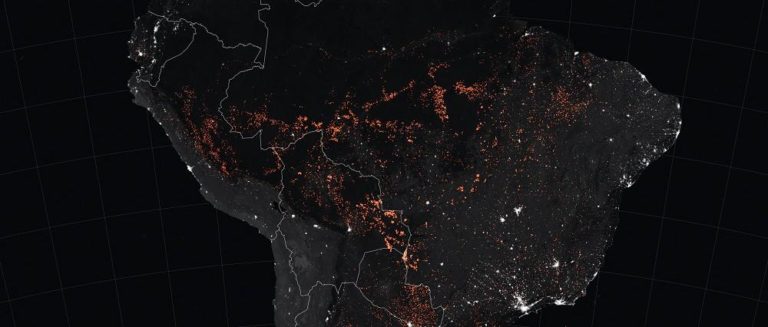巴西利亚市上空的阿特拉斯彗星
The buildings of a city are seen past a dark waterway. Over the city are some dark clouds and above that, blue sky. In the blue sky, partly obscured by some of the clouds, is a comet with a very long tail, running from the middle to the top of the frame. Please see the explanation for more detailed information.
透过一条漆黑的水道可以看到一座城市的建筑。城市上空有一些乌云,而更高处是蓝天。在蓝天中,一颗彗星穿过部分云层,其长长的彗尾从画面的中部延伸到顶部。有关更多详细信息,请参阅说明。






